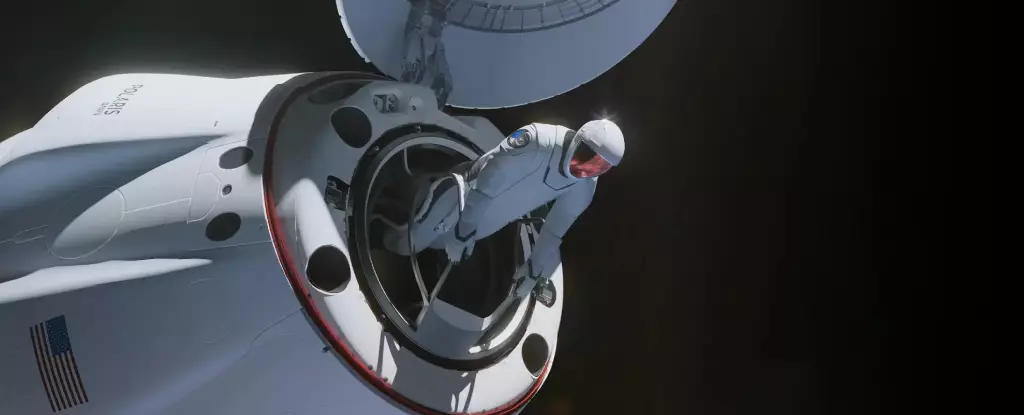SpaceX is gearing up for a groundbreaking mission that will see an all-civilian crew embarking on an orbital expedition that promises to redefine the boundaries of space exploration. The Polaris Dawn mission, spearheaded by billionaire entrepreneur Jared Isaacman, is set to launch from NASA’s Kennedy Space Center in Florida, ushering in a new chapter in human spaceflight.
The highlight of the Polaris Dawn mission is the historic first-ever commercial spacewalk by private citizens. Mission commander Jared Isaacman, along with his team members Scott Poteet, Sarah Gillis, and Anna Menon, will don sleek SpaceX extravehicular activity (EVA) suits as they venture outside their spacecraft in twos. This momentous occasion marks a significant milestone in space exploration and demonstrates the capabilities of private companies in advancing human spaceflight.
Intensive Training and Preparation
The crew of the Polaris Dawn mission has undergone rigorous training over the course of more than two years to prepare for the challenges of space travel. From simulator sessions to skydiving, centrifuge training, scuba diving, and even summiting an Ecuadoran volcano, the team has logged countless hours honing their skills and ensuring they are fully equipped for the mission ahead.
Polaris Dawn is just the first of three missions planned under the Polaris program, a collaboration between Jared Isaacman and SpaceX. With a focus on developing and testing new technology and operations, the Polaris missions aim to support SpaceX’s ambitious vision of enabling human beings to journey among the stars. The investment and dedication put into these missions underscore the commitment to pushing the boundaries of space exploration and paving the way for future missions to come.
Throughout the Polaris Dawn mission, the crew will not only undertake the historic spacewalk but also conduct numerous experiments aimed at advancing our understanding of human health during long-duration spaceflights. From testing laser-based satellite communication to developing contact lenses embedded with microelectronics for monitoring changes in eye pressure and shape, the crew will be at the forefront of cutting-edge space technology that could have far-reaching implications for future space missions.
As the Polaris Dawn mission draws to a close with a splashdown off the coast of Florida, the focus shifts to the future of civilian space exploration. The upcoming Polaris missions, including the utilization of a Dragon capsule and the maiden crewed flight of Starship, SpaceX’s prototype next-generation rocket, demonstrate the commitment to innovation and progress in the field of space travel. Elon Musk’s vision of colonizing Mars and enabling human beings to explore new frontiers in space is one step closer to becoming a reality.
The Polaris Dawn mission represents a significant milestone in the history of space exploration, showcasing the potential of private companies and civilian crews in pushing the boundaries of human spaceflight. As we look ahead to the future of space exploration, the lessons learned and the advancements made during the Polaris missions will undoubtedly set the stage for even greater achievements in the years to come.


Leave a Reply